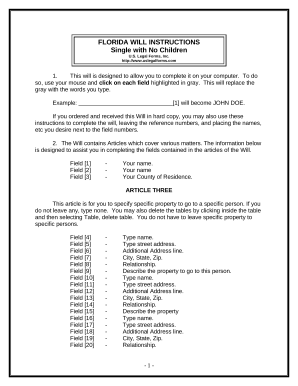
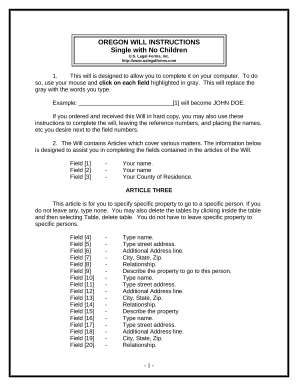


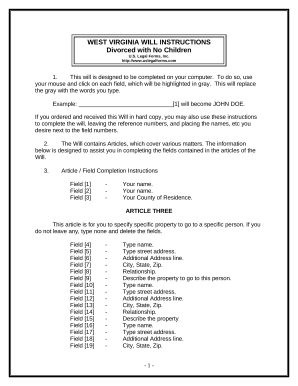

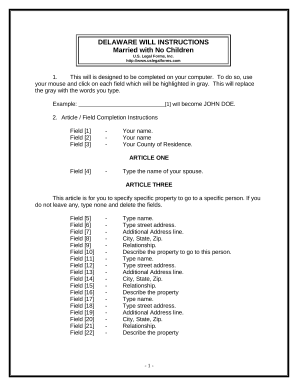
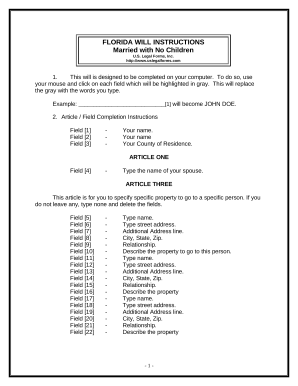
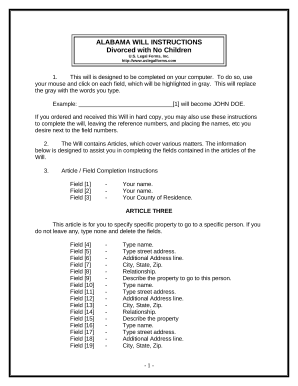

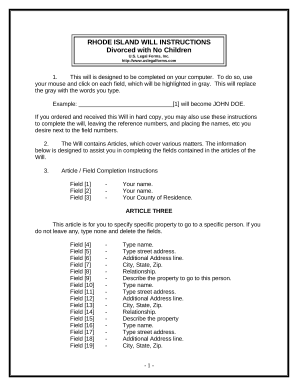
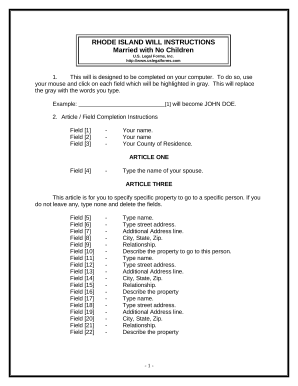

Your workflows always benefit when you can easily discover all of the forms and documents you require at your fingertips. DocHub provides a vast array of forms to ease your daily pains. Get a hold of Testament Forms without Children category and quickly browse for your form.
Start working with Testament Forms without Children in a few clicks:
Enjoy seamless record administration with DocHub. Check out our Testament Forms without Children category and find your form right now!